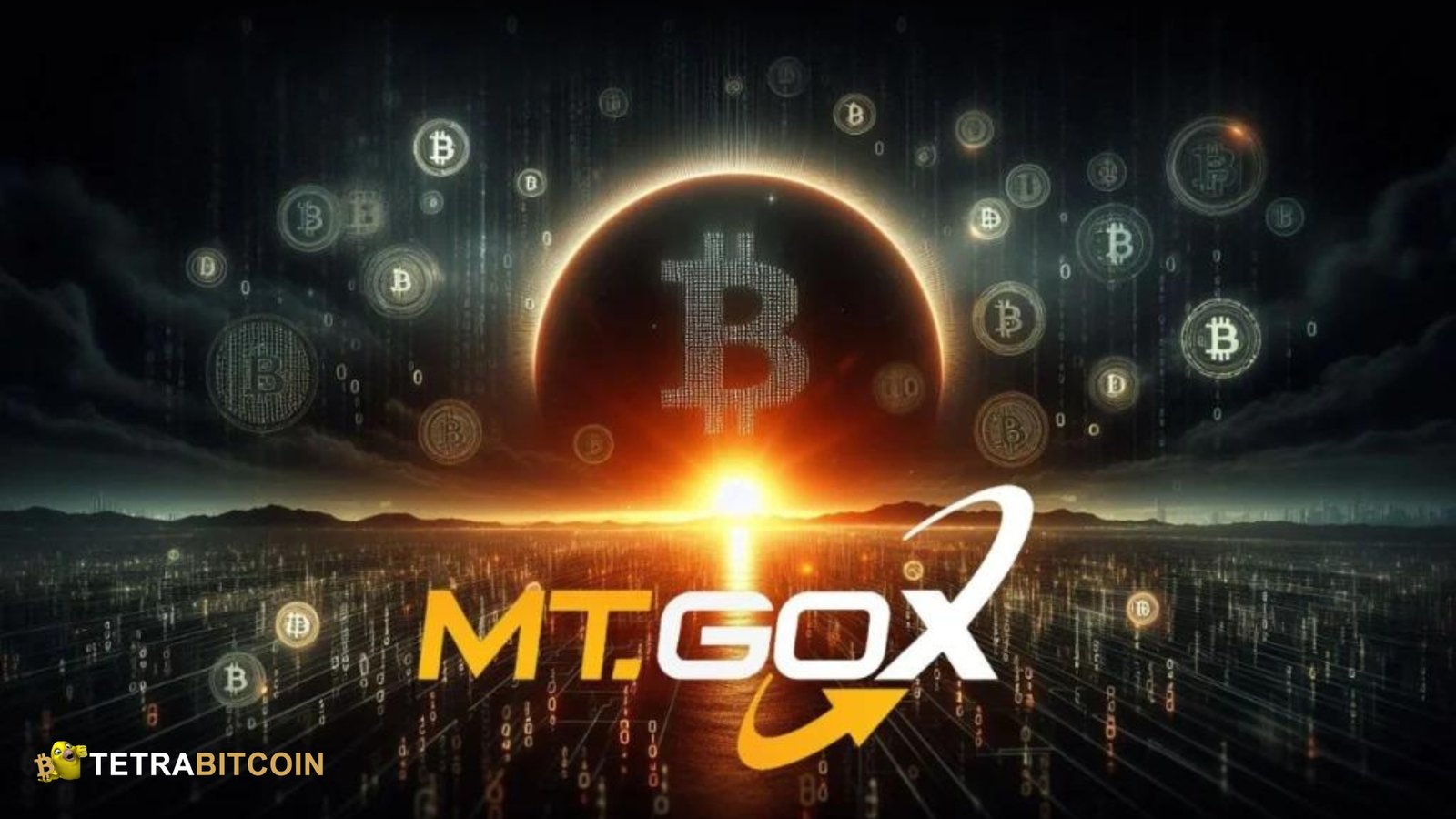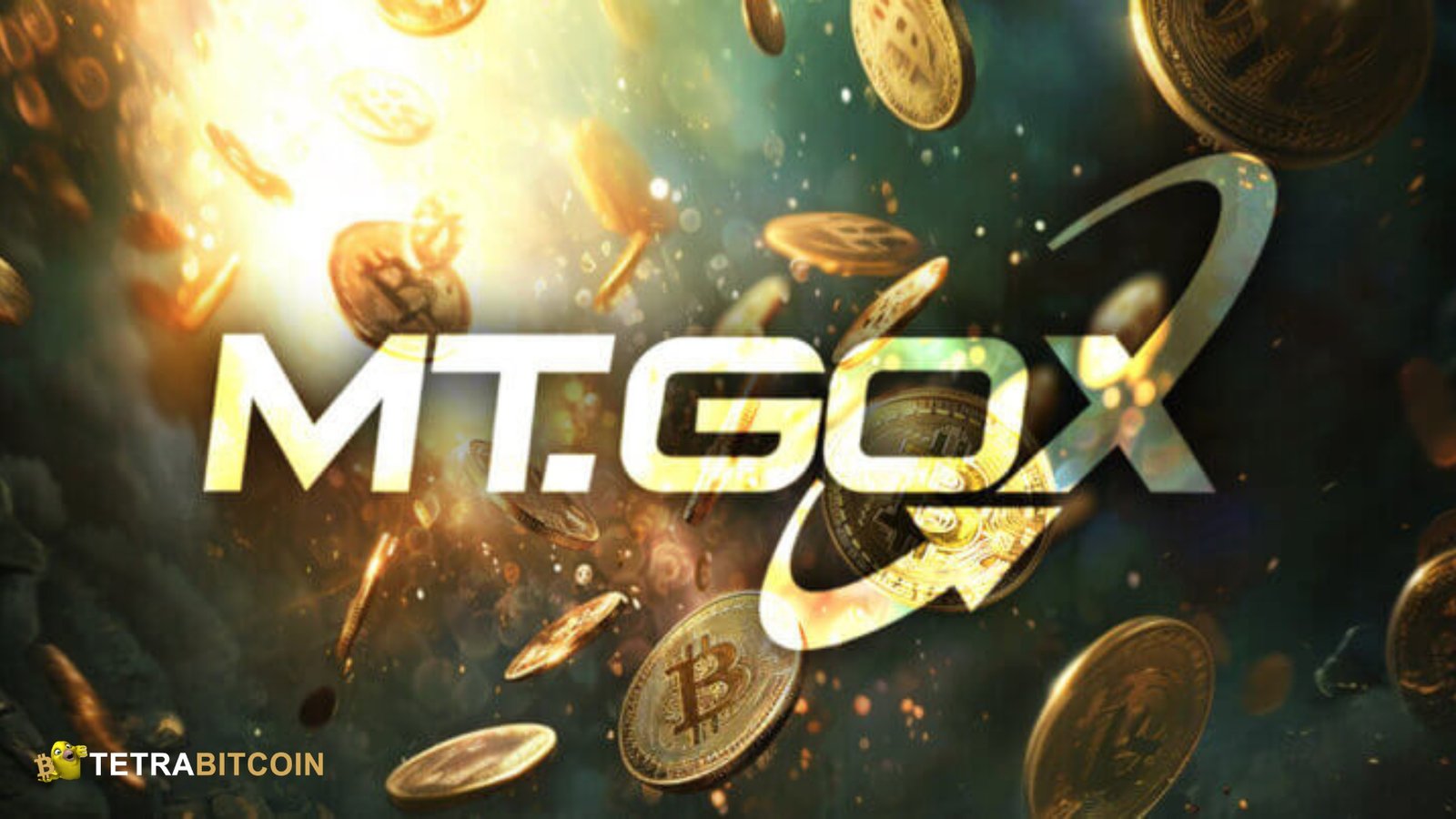Mt. Gox Repayment. Finally, after a protracted period of silence, the much-maligned Bitcoin exchange Mt. Gox has begun paying back its creditors. This conclusion to a well-publicized issue in the cryptocurrency industry is doing more than just putting an end to a low point for Bitcoin; it is also having an immediate impact on the asset’s market dynamics.
The rehabilitation trustee for Mt. Gox, Nobuaki Kobayashi, said on July 5 that creditors would begin to receive repayments in Bitcoin BTC $57,861 and Bitcoin Cash BCH $342. The repayments are made possible through an intricate web of transactions, where every entity is vital in distributing the monies.
The magnitude of the repayments is mind-boggling. According to available resources, approximately 47,288 BTC, with a value of almost $2.7 billion, has already been transferred from wallets affiliated with Mt. Gox to other addresses.
This is only the first step; in the next weeks, the victims will receive approximately 140,000 BTC, equivalent to an enormous $9 billion at the current pricing. Due to the massive number of transfers, the crypto market is on high alert, and traders and investors are carefully monitoring any activity.
Additionally, five exchanges—Bitbank, SBI VC Trade, Bitstamp, Kraken, and BitGo—are responsible for dispersing the monies, which appears to be quite a logistical challenge on paper. Payout processing time varies across exchanges, from instantaneous distribution to a 90-day interval.
Bitbank and SBI VC Trade, two Japanese exchanges, distributed and paid winners within hours of receiving the funds. This fast move benefitted creditors but exacerbated market instability since several receivers sold their newly acquired Bitcoin. Bitstamp officials say they will pay investors before the 60-day window and accelerate payments.
A Ripple Effect in Motion
The price of Bitcoin was affected very instantly. In the hours following the announcement of the repayments, the price of Bitcoin fell from around $62,000 to $53,600, a 10% decline. This happened on July 4. As a result of this steep fall, the cryptocurrency market saw a flood of liquidations, wiping away more than $425 million in leveraged holdings. Not only did Bitcoin experience tremors, but the whole cryptocurrency market did as well, with numerous altcoins seeing declines in the double digits.
Although Mt. Gox Repayment was a contributing factor, it wasn’t the only one. The German government sold off hundreds of millions of dollars worth of Bitcoin seized from illegal operations at the same time as these repayments.
A German government-affiliated cryptocurrency wallet had its biggest single-day Bitcoin liquidation on July 8, selling almost $900 million worth of Bitcoin in a series of transactions totaling about 16,309 BTC to different external addresses. Bitstamp, Coinbase, and Kraken were among the crypto exchanges that received some funds, while Flow Traders and Cumberland DRW were among the market makers that received funds.
The German government has reduced its holdings of Bitcoin from 50,000 BTC to 23,788 BTC, marking about halfway through the selling frenzy. Traders anticipate that Bitcoin prices will stabilize and, if the immediate selling pressure subsides, may surge again.
The Fall of Mt. Gox
To grasp the scope of the present repayment plan, it is necessary to consult the historical records. Mt. Gox, founded by Jed McCaleb in 2010 and then sold to Mark Karpelès in 2011, became the biggest Bitcoin exchange in the world. At its peak, it processed 70% of all BTC transactions globally.
During Bitcoin’s early years, its dominance made it the platform that early users turned to, and it was essential in establishing Bitcoin’s validity. Mt. Gox, on the other hand, blocked all Bitcoin withdrawals in February 2014 due to technical difficulties. It wasn’t long before word got out that the exchange had suffered a long-standing security failure and lost almost 850,000 BTC.
At the time, this loss was worth around $450 million; now, it would be worth more than $48 billion. It was a devastating blow to Bitcoin’s image and the crypto community as a whole, delaying the cryptocurrency’s mainstream adoption by years.
There was a rapid and substantial repercussion. The bankruptcy filing by Mt. Gox Repayment put thousands of consumers in an uncertain situation. With the case’s 2018 transition to civil rehabilitation, creditors were given reason to be hopeful. The complicated legal drama was further complicated in 2019 when Karpeles was found guilty of fabricating financial records.
However, in 2020, with Kobayashi’s announcement of a proposed rehabilitation program, a reasonable course of action became apparent. Several legal and practical hurdles caused the proposal to encounter multiple adjustments and delays in subsequent years. We again extended the payback date of 2023 to either the third or fourth quarter of 2024. During this time, new cryptocurrency exchanges emerged, and regulatory frameworks started to take form, continuing the ongoing evolution of the crypto environment.
Bitcoin’s Rocky Road Ahead
In an unpredictable cryptocurrency market, the start of Mt. Gox reimbursements has added another degree of uncertainty. Now that the smoke has cleared, however, a more complex image appears to be taking shape. Take Bitcoin as an example; it has demonstrated remarkable resiliency since July 5, recovering from an initial dip of $53,600 to a current level of approximately $59,000.
Since the Mt. Gox Repayment, the cryptocurrency ecosystem has grown and become more liquid, as seen by the market’s capacity to absorb a massive influx of supply. Some experts go so far as to say that the swift price recovery was because most of the selling pressure had already been “priced in” before the occurrence.
Increased investment into US-based spot Bitcoin exchange-traded funds (ETFs) also suggests that some big investors saw the price drop as a chance to buy. At the same time, as it shows that the financial mainstream accepts BTC, this institutional backing has mitigated the selling pressure. Returning to the larger macroeconomic picture, key events such as the US Consumer Price Index (CPI) data and Federal Reserve Chair Jerome Powell’s testimony before the US Congress are being keenly monitored. These events have the potential to greatly impact the price trajectory of Bitcoin in the months to come.
Another unknown is the US presidential election on November 5. Some have speculated that a “Trump Trade” rally could occur if he is elected, given the former president’s previous ties to the cryptocurrency industry. The wider cryptocurrency market is also beginning to separate from Bitcoin’s price fluctuations. For example, despite fluctuations in the Bitcoin market, the price of Ether (ETH) has remained above $3,000.

